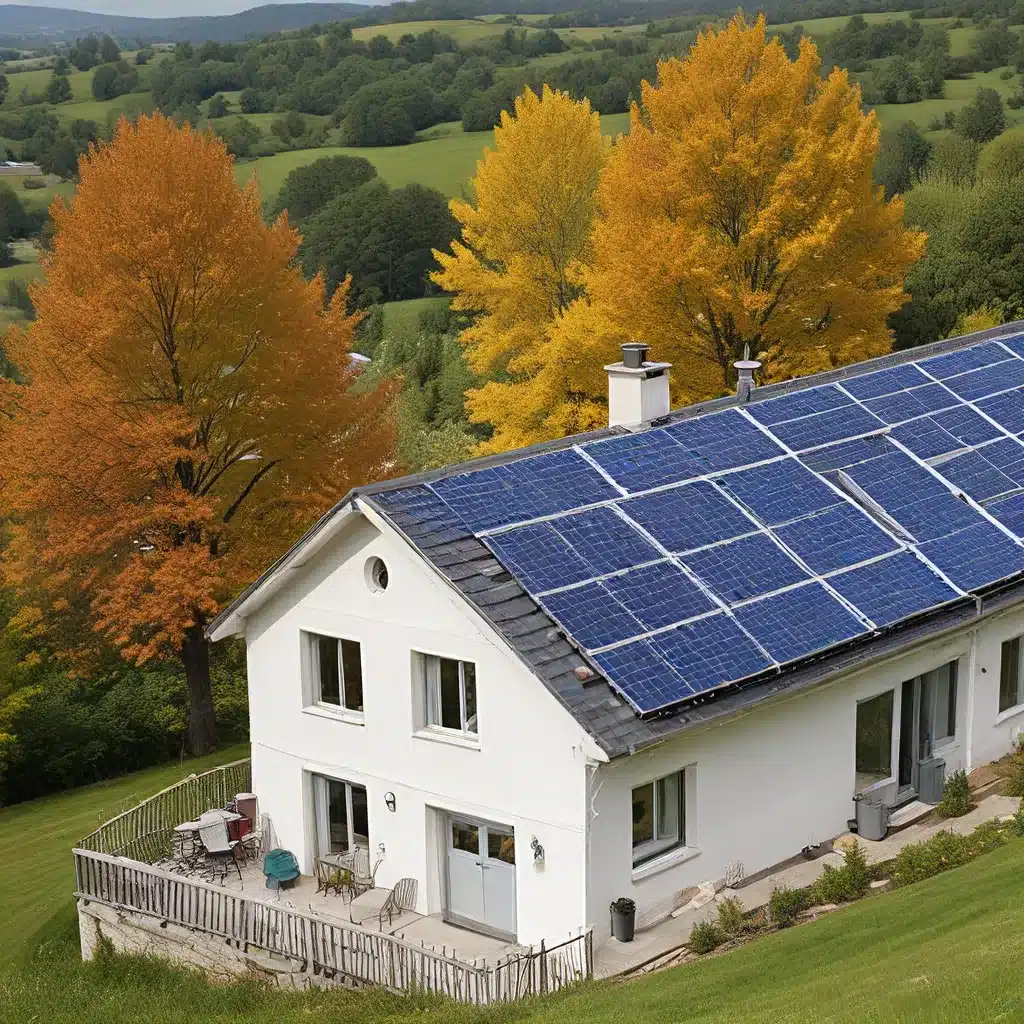
As a homeowner, I’ve always been fascinated by the world of renewable energy. The idea of harnessing the power of the sun, wind, or even the earth itself to power my home has always been incredibly alluring. But navigating the complex web of regulations and policies surrounding renewable energy can be a daunting task. That’s why I’m excited to share my insights on the opportunities and challenges that homeowners like myself face when it comes to embracing renewable energy solutions.
The Renewable Energy Landscape for Homeowners
When I first started exploring the world of renewable energy, I was overwhelmed by the sheer number of options available. Solar panels, wind turbines, geothermal systems – the choices seemed endless. And as I dug deeper, I quickly realized that the regulatory landscape surrounding these technologies was just as complex.
“It’s like trying to navigate a maze blindfolded,” I thought to myself. But with a little research and a lot of determination, I was able to start making sense of it all.
One of the key opportunities I discovered was the availability of financial incentives for homeowners who invest in renewable energy. Many state and local governments offer tax credits, rebates, and other incentives to encourage the adoption of these technologies. And at the federal level, the clean energy initiatives from the White House have further bolstered support for homeowners looking to go green.
However, the regulatory landscape can also present some significant challenges. Navigating the complex web of rules and regulations can be a daunting task, and it’s easy to get lost in the details. From permit requirements to grid interconnection standards, there’s a lot to consider when it comes to integrating renewable energy into your home.
Unlocking the Potential of Solar Power
One of the most popular renewable energy options for homeowners is solar power. And for good reason – the technology has come a long way in recent years, making it more accessible and affordable than ever before.
But as I’ve learned, the path to solar power isn’t always smooth sailing. Zoning regulations can be a major hurdle, with some communities restricting the placement or size of solar panels. And then there’s the issue of grid interconnection – ensuring that your solar system is properly integrated with the local utility grid.
Still, the benefits of solar power are hard to ignore. Not only can it reduce your energy costs, but it also has a significant impact on reducing your carbon footprint. And with the right strategy and a bit of persistence, I’ve been able to navigate the regulatory landscape and unlock the full potential of solar power for my home.
Exploring the Wonders of Wind and Geothermal
While solar power may be the most well-known renewable energy option, it’s certainly not the only one. Wind turbines and geothermal systems are also becoming increasingly popular among homeowners.
Wind power, in particular, has seen a resurgence in recent years, with advances in turbine technology. And for those living in areas with consistent wind patterns, it can be a highly effective way to generate renewable electricity. But, as with solar, there are regulatory hurdles to consider, such as height restrictions and noise concerns.
Geothermal systems, on the other hand, offer a unique and often overlooked approach to renewable energy. By tapping into the constant temperature of the earth, these systems can provide both heating and cooling for a home. And while the initial investment can be higher, the long-term savings on energy costs can be substantial.
The key, as I’ve discovered, is to carefully research the specific regulations and requirements in your area before embarking on a renewable energy project. What may work for one homeowner may not be feasible for another, depending on the local landscape and regulatory environment.
Navigating the Future of Renewable Energy
As I reflect on my journey into the world of renewable energy, I’m struck by the incredible pace of change and innovation in this field. New technologies are constantly emerging, and the regulatory landscape is evolving just as quickly.
In fact, ongoing research and development suggest that we may be on the cusp of even more exciting advancements in the years to come. Flexible solar panel designs, improved battery storage, and advanced grid integration technologies are all areas of active study that could further transform the renewable energy landscape for homeowners.
Of course, with change comes uncertainty, and there are still many unanswered questions about the future of renewable energy. But I’m optimistic that as more homeowners like myself embrace these technologies, the regulatory barriers will continue to come down, and the opportunities will only grow.
Embracing the Future of Renewable Energy
As I wrap up my exploration of the renewable energy landscape for homeowners, I can’t help but feel a sense of excitement and anticipation. The opportunities are abundant, and the challenges, while significant, are not insurmountable.
By staying informed, being proactive, and working closely with local authorities and energy providers, I believe homeowners can unlock the full potential of renewable energy and make a tangible difference in reducing our collective carbon footprint.
And who knows – maybe one day, my home will be a shining example of what’s possible when we harness the power of the sun, the wind, and the earth to power our lives. It’s an exciting prospect, and one that I’m eager to continue exploring.
So, if you’re a fellow homeowner looking to explore renewable energy solutions, I encourage you to dive in, do your research, and don’t be afraid to tackle the regulatory hurdles head-on. The rewards, both financial and environmental, are well worth the effort.

